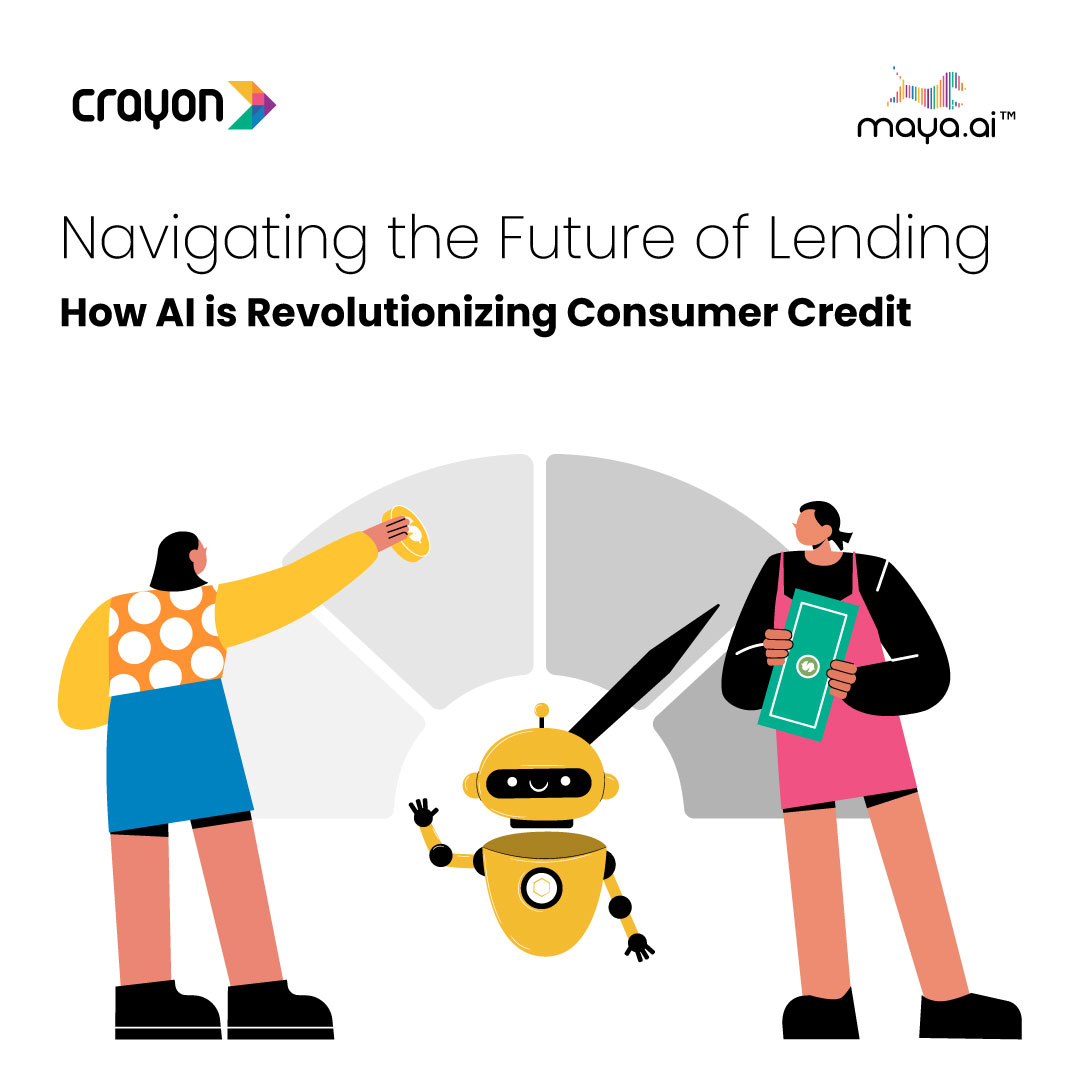For the average person, mentioning the concepts of cryptocurrencies and blockchain technology is likely to bring one of two things to mind. One is the financial aspect of the technology, and especially the volatile crypto trading market that has made so many headlines in recent years. The other is the recent rush by businesses to jump on the promise of blockchain, which has been touted as everything from the solution to managing renewable energy to a disruptor in the supply chain industry and everything in between.
Amidst all of the hype, though, it’s difficult to see just what the twin developments of cryptocurrencies and the blockchain have really amounted to in the real world. That’s because, in reality, many of the early startups in the space have since flamed out, and many of the businesses that have been eager to invest in the technology haven’t managed to develop a “killer app” that would signal the maturation of blockchain technology into a true game-changer.
Still, underneath all of the uncertainty, cryptocurrencies and blockchain technology have had some successes in the past few years. To highlight those successes, here’s a look at three important ways that cryptocurrencies and blockchain are changing the world around us.
Revolutionizing Cross-Border Payments
In today’s interconnected world, cross-border commerce plays an ever-larger role in the global economy. Multinational businesses like Amazon and Alibaba sell their wares all over the world, and countries derive much of their gross national products from the sale of goods and services overseas. In doing so, they all tend to encounter a certain amount of friction in the exchange of currencies across borders and jurisdiction.
The problem, historically speaking, is that it’s quite labor-intensive to manage the flow of money around the world. To try and solve that, central banks are now pursuing cryptocurrencies and blockchain systems to revolutionize the process. Several governments are looking into issuing central bank digital currencies, which would represent tokenized versions of their fiat currencies. The idea is that such currencies could form an international exchange system that included security and transparency – solving many of the inefficiencies of the current model.
The Brave New World of Digital Advertising
For much of the last decade, the digital advertising world has been dominated by two companies – Google and Facebook. That has meant that businesses could either choose to run their ads on Google’s DoubleClick network or opt to run ads on Facebook and its related platforms. All the while, internet users everywhere have been pushing back against the maelstrom of ads they see by turning to ad-blocking technology. By the end of 2018, a full 30% of internet users did so, threatening a vital source of the internet’s revenue.
That’s where the new Brave web browser and its companion cryptocurrency, the Basic Attention Token (BAT) come in. Users of the browser can now opt-in to earn the cryptocurrency in exchange for viewing advertising materials. The intent is to create a mutually-beneficial system whereby advertisers and consumers can benefit without one party abusing the other. The early results have been promising, and if the system takes off it could change the digital advertising world for good (and for the better).
Improving Global Shipping
If there’s one thing that today’s world couldn’t function without, it’s the real-world logistics that make supply chains function. Without it, commerce would grind to a halt, food would become scarce, and prices on the other necessities of life would skyrocket. Much as is the case with cross-border payments, though, the movement of products and materials around the globe is no simple matter.
It’s also another area where blockchain technology is proving its worth. The most successful example comes from a partnership between global tech giant IBM, and Maersk, the largest cargo shipper in the world. They’ve jointly developed TradeLens, which is a blockchain-based global logistics platform. By the end of 2019, three of the four other major shipping carriers had signed on to use the system, and some of the largest ports around the world followed suit. Already, TradeLens is improving transparency in global supply chains and moving the world toward the frictionless transfer of goods between nations.
Real-World Success with blockchain technology
If the three examples above prove anything, it’s that there’s quite a bit more to cryptocurrencies and the blockchain than meets the eye. In fact, the twin technologies are quietly working their way into industries and processes of all kinds, often going unnoticed due to the attention-grabbing headlines that tend to spring from each gain and loss of value in the markets.
In a way, that may be a good thing. It’s allowing these and other projects to develop without the glare of the spotlight, giving them time to mature into the very type of “killer app” the industry needs to take its next steps. So for everyone who finds themselves wondering what cryptocurrencies and the blockchain may one day mean to the world, the message is clear: dig deeper, and you’ll see that there’s more than hype happening right beneath the surface.




